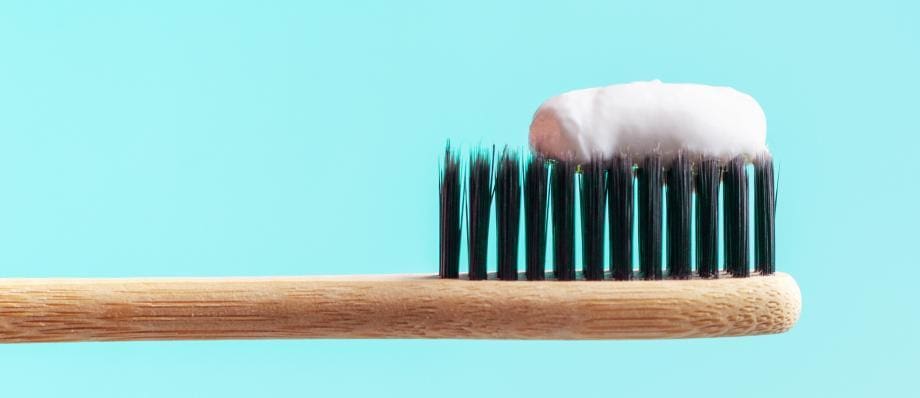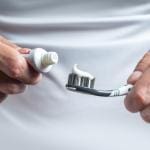A toothbrush is a simple but essential tool for maintaining oral hygiene. It is used to clean teeth, gums, and tongue, helping to prevent tooth decay, gum disease, and bad breath. Toothbrushes come in different shapes, sizes, and styles, and have evolved over time to become more effective and convenient. In this article, we will explore the history, types, and benefits of toothbrushes, as well as tips for proper use and maintenance.
History of the Toothbrush
The concept of using a toothbrush for oral hygiene dates back to ancient civilizations. The Egyptians, Greeks, and Romans used twigs, chew sticks, and cloth to clean their teeth and gums. The Chinese are credited with inventing the first toothbrush in the 15th century, which was made of bamboo or animal bone and had bristles made of boar hair or horsehair. The design of the toothbrush evolved over time, with the introduction of nylon bristles in the 1930s and the development of electric toothbrushes in the 1960s.
Types of Toothbrushes
Today, there are many types of toothbrushes available on the market, each with its own unique features and benefits. Here are some of the most common types of toothbrushes:
- Manual Toothbrushes
- Electric Toothbrushes
- Sonic Toothbrushes
- Interdental Toothbrushes
- Travel Toothbrushes
Manual Toothbrushes
These are the most traditional type of toothbrush, and are still widely used today. Manual toothbrushes come in different shapes and sizes, and can have bristles made of nylon, natural fibers, or a combination of both.
Electric Toothbrushes
These toothbrushes use oscillating or vibrating bristles to clean teeth and gums more effectively than manual toothbrushes. They come in rechargeable or battery-operated models, and can have different settings for intensity and duration.
Sonic Toothbrushes
Sonic toothbrushes use high-frequency vibrations to break up plaque and bacteria, and are considered more effective than traditional electric toothbrushes. They also have a longer battery life and can be more expensive.
Interdental Toothbrushes
These toothbrushes are designed to clean between teeth and around dental appliances like braces or bridges. They have a small brush head and a long handle that can reach tight spaces.
Travel Toothbrushes
These toothbrushes are compact and easy to carry, making them ideal for travel or on-the-go use. They often come with a travel case or cap to protect the bristles.
Benefits of Using a Toothbrush
Regular use of a toothbrush is essential for maintaining good oral hygiene and preventing dental problems. Here are some of the key benefits of using a toothbrush:
- Removes Plaque and Bacteria
- Prevents Bad Breath
- Whitens Teeth
- Strengthens Teeth and Gums
- Saves Money
Removes Plaque and Bacteria
Plaque is a sticky film that forms on teeth and gums, and can lead to tooth decay and gum disease if not removed regularly. A toothbrush helps to remove plaque and bacteria from the teeth and gums, preventing these problems from occurring.
Prevents Bad Breath
Bad breath is often caused by bacteria in the mouth, which can be eliminated by brushing regularly. Using a toothbrush also helps to remove food particles that can contribute to bad breath.
Whitens Teeth
Regular brushing can help to remove surface stains and discoloration, giving teeth a brighter, whiter appearance.
Strengthens Teeth and Gums
Brushing helps to strengthen teeth and gums by removing harmful bacteria and promoting healthy circulation.
Saves Money
Regular brushing can help to prevent dental problems that require expensive treatments, such as fillings, root canals, and gum surgery.
Tips for Proper Toothbrush Use
To get the most out of your toothbrush, it is important to use it properly and maintain it regularly. Here are some tips for proper toothbrush use:
- Brush twice a Day
- Use the Right Technique
- Use the Right Toothpaste
- Replace Your Toothbrush Regularly
- Store Your Toothbrush Properly
Brush twice a Day
Dentists recommend brushing your teeth at least twice a day, for two minutes each time. This helps to remove plaque and bacteria from the teeth and gums, preventing dental problems.
Use the Right Technique
Hold your toothbrush at a 45-degree angle to your teeth, and use gentle circular motions to brush both the front and back of your teeth. Be sure to brush your tongue and the roof of your mouth as well, to remove bacteria and freshen your breath.
Use the Right Toothpaste
Choose a toothpaste that contains fluoride, which helps to strengthen tooth enamel and prevent cavities. If you have sensitive teeth or gums, look for a toothpaste designed for sensitive teeth.
Replace Your Toothbrush Regularly
Dentists recommend replacing your toothbrush every three to four months, or sooner if the bristles become frayed or worn. This ensures that your toothbrush is effective at removing plaque and bacteria.
Store Your Toothbrush Properly
After brushing, rinse your toothbrush thoroughly with water and store it upright in a dry place. Avoid sharing your toothbrush with others, as this can spread bacteria and germs.
Conclusion
A toothbrush is a simple but essential tool for maintaining good oral hygiene. It helps to remove plaque and bacteria from the teeth and gums, preventing tooth decay, gum disease, and bad breath. There are many types of toothbrushes available, each with its own unique features and benefits. To get the most out of your toothbrush, it is important to use it properly and maintain it regularly. By following these tips and making brushing a regular part of your daily routine, you can enjoy healthy teeth and gums for a lifetime.





